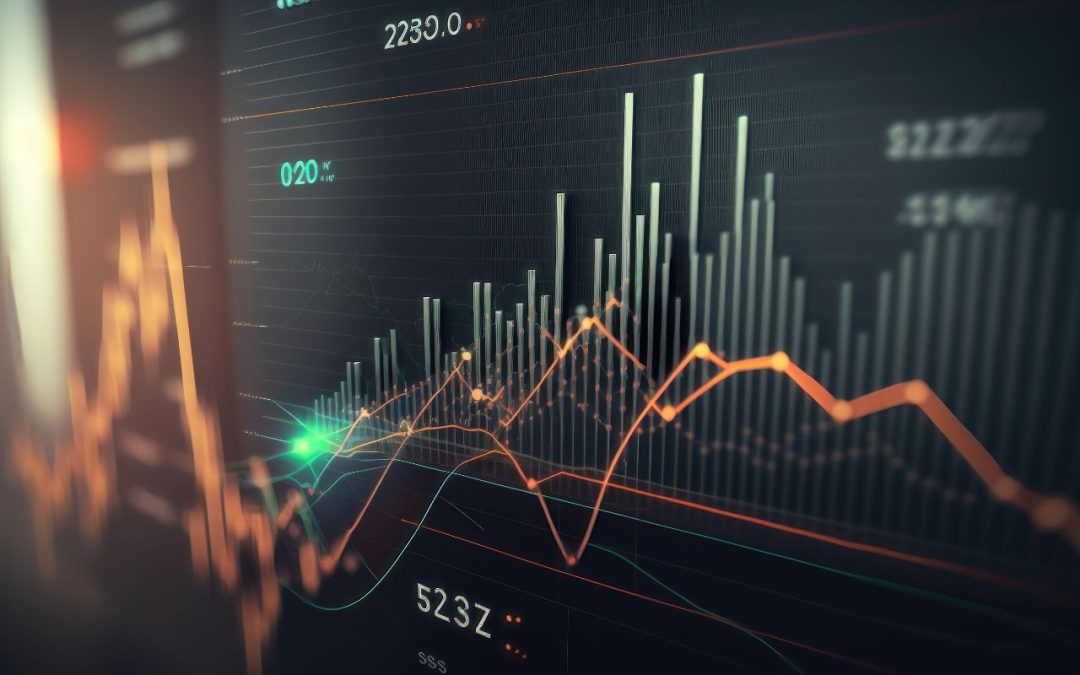Selecting the right trading platform is a critical decision for traders and investors. The trading platform serves as your gateway to financial markets, enabling you to execute trades, analyze market data, and manage your portfolio. In this guide, we will explore the essential factors and considerations that should inform your decision when choosing the right trading platform for your specific needs and trading style.
Chapter 1: Defining Your Trading Goals
Identifying Your Objectives
Understanding your trading goals, whether they are short-term or long-term.
Assessing your risk tolerance and preferred trading strategies.
Determining the asset classes you intend to trade (stocks, forex, commodities, etc.).
Trading Frequency
Deciding whether you are a day trader, swing trader, or investor.
Considering the impact of your trading frequency on platform features.
Identifying your preferred timeframes for analysis and execution.
Chapter 2: Platform Type and Accessibility
Web-Based vs. Desktop vs. Mobile
Exploring the pros and cons of web-based, desktop, and mobile platforms.
Choosing the right platform type based on your lifestyle and preferences.
Ensuring platform compatibility with your devices and operating systems.
Cross-Device Synchronization
The importance of seamless synchronization across devices.
Accessibility to your trading account and settings from any location.
Real-time data updates and order execution on all devices.
Chapter 3: Trading Tools and Features
Charting and Technical Analysis
Assessing the quality of charting tools and technical analysis capabilities.
Availability of indicators, drawing tools, and customization options.
Real-time and historical data for accurate analysis.
Order Types and Execution
Evaluating the variety of order types supported (market, limit, stop, etc.).
The speed and reliability of order execution.
Advanced trading features like one-click trading and algorithmic orders.
Chapter 4: Market Data and Research
Real-Time Market Data
Access to real-time quotes, news feeds, and market data.
The importance of accurate and timely information for decision-making.
Customizable watchlists and alerts.
Research and Analysis
Availability of research reports, news analysis, and economic calendars.
Integration with third-party research tools and data providers.
Fundamental and technical analysis resources.
Chapter 5: Security and Regulation
Regulatory Compliance
Ensuring the trading platform is regulated by reputable authorities.
The importance of investor protection and account segregation.
Compliance with Anti-Money Laundering (AML) and Know Your Customer (KYC) requirements.
Data Security
Assessing the platform’s data encryption and protection measures.
Secure login methods and two-factor authentication (2FA).
How the platform handles client data and privacy concerns.
Chapter 6: Cost and Fees
Fee Structure
Understanding the platform’s fee structure (commissions, spreads, etc.).
Evaluating the overall cost of trading, including hidden fees.
Identifying any account maintenance or inactivity fees.
Account Types
Examining the availability of different account types (standard, premium, VIP, etc.).
Minimum deposit requirements and account funding options.
Assessing the benefits and costs associated with each account type.
Conclusion
Choosing the right trading platform is a critical decision that can significantly impact your trading success and experience. By carefully considering your trading goals, platform type, features, data access, security, and cost structure, you can make an informed choice that aligns with your needs and preferences. Remember that the trading platform is your primary tool for navigating financial markets, so take the time to research and select the one that suits you best, whether you’re a beginner or an experienced trader.

